The Border Collie dog breed was developed to gather and control sheep in the hilly border country between Scotland and England. They’re known for their intense stare, or “eye,” with which they control their flock. They’re dogs with unlimited energy, stamina, and working drive, all of which make them a premier herding dog; Border Collies are still used today to herd sheep on farms and ranches around the world.
Even though these are purebred dogs, you may find them in the care of shelters or rescue groups. Remember to adopt! Don’t shop if you want to bring a dog home.
The highly trainable and intelligent, Border Collies also excel in various canine sports, including obedience, flyball, agility, tracking, and flying disc competitions. They can make for great family companions, so long as they get a lot — a lot! — of physical and mental exercise. You’ll also have to be comfortable with a dog who can outsmart you from time to time. If you want a loving, brainy dog who will keep you active and on your toes, this may be the breed for you!
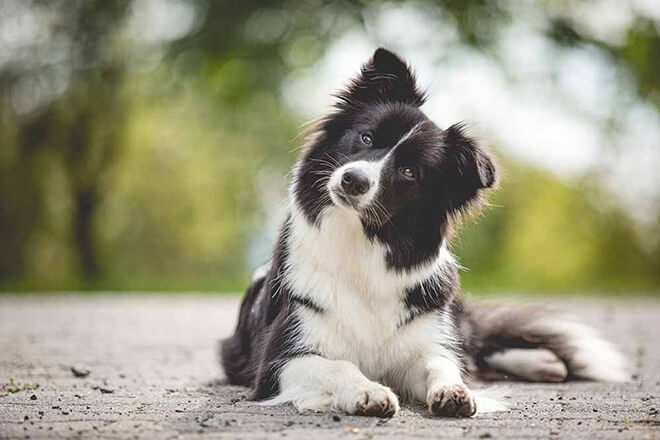
If you’ve ever had the pleasure of watching a Border Collie herd sheep, you know you’re watching a master craftsman at work, with his intense stare as he approaches the sheep, his almost intuitive response to the shepherd’s command, and the skillful manner in which he maneuvers the sheep exactly where the shepherd wants them to go. It is awe-inspiring.
The Border Collie, a medium-sized dog at 30 to 45 pounds, possesses a seemingly supernatural amount of energy and stamina — hardiness that was developed when he was required to work all day in the hills and valleys of the rugged Scottish border country, sometimes running 50 miles or more a day. When it comes to the ideal working dog, it doesn’t get much better than the Border Collie.
If there is a dark side to the Border Collie’s energy and workaholic attitude, it comes out when he’s brought into a family that doesn’t understand him. He is not a cuddly, couch-potato dog. He doesn’t want to be coddled. He wants — and needs — a job. Keeping up with the Border Collie’s intense mental and physical stamina is exhausting, even exasperating, to an owner or family that wants a laid-back family pet.
The Border Collie is a herding dog, which means he has an overwhelming urge to gather a flock. That flock could be sheep, children, cats, squirrels, or anything that moves, including cars. This instinct to nip, nudge, and bark, along with his energy, cannot be trained out of him. Rather, it must be directed. He must have a task, whether it’s actually herding sheep or competing in dog sports. A brisk walk or a game of fetch every day isn’t enough activity for the Border Collie.
That said, for the right owner, a Border Collie is a wonderful dog to live with. His intelligence and tractable nature make him easy to train. He’s sensitive and, according to those who know him well, he has an uncanny ability to know what you’re going to ask of him before you ask it. If he is well socialized and trained from puppyhood, he can adapt to almost any living situation that provides the mental and physical exercise he requires.
The Border Collie is a good match for an owner who is as active as he is, especially one who’s eager to get involved in dog sports. With the right training, this breed excels in any activity he tries, including sheepdog trials, agility, flyball, flying disc, advanced obedience, freestyle obedience, or tracking.
The owner or family that’s willing to properly socialize and train the Border Collie will find a soul mate in this intelligent, sensitive breed.
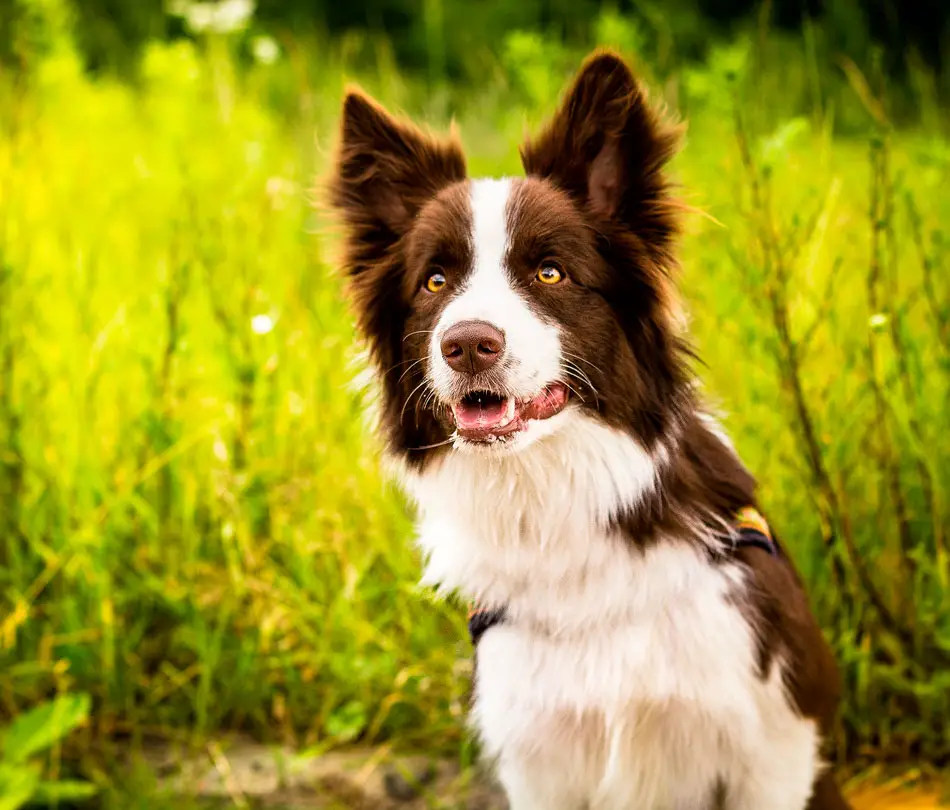
- The Border Collie is highly sensitive, often responsive to the subtlest command, and seemingly able to predict his owner’s desires in advance.
- A workaholic who thrives on mental and physical stimulation, the Border Collie must have a positive way to direct his energy. Otherwise, he’ll invent his own games — and he can become a problem to live with.
- The Border Collie will herd anything that moves, including children, cars, people on bikes, cats, and squirrels. He can become a real problem if he’s allowed to roam in a neighborhood; a securely fenced yard is essential.
- The noisy play of young children can stimulate the Border Collie’s herding instinct and cause him to nip, nudge, and bark.
- To prevent shyness, the Border Collie must be well socialized.
- The Border Collie doesn’t usually roam, but his curiosity and intelligence can lead him to become an escape artist.
- To get a healthy dog, never buy a puppy from an irresponsible breeder, puppy mill, or pet store. Look for a reputable breeder who tests her breeding dogs to make sure they’re free of genetic diseases that they might pass onto the puppies, and that they have sound temperaments.
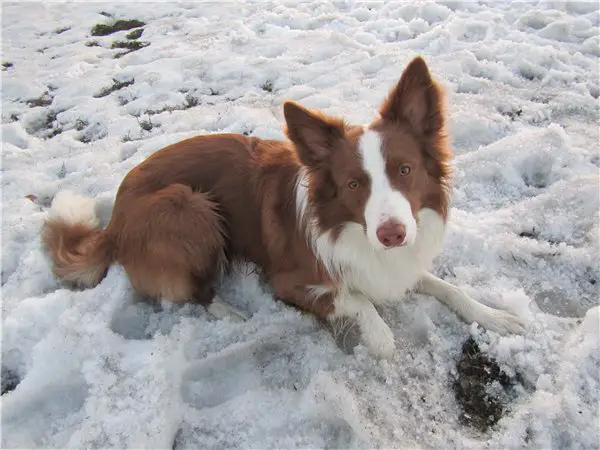
The Border Collie’s ancestors have been around since humans in what is now Britain first began using dogs to help guard and herd sheep. In the border country between Scotland and England, the herding dog became one of the most valuable assets a shepherd could have, and the best working dogs were bred with each other.
The type varied, depending on the terrain or the work required in each region. These herding dogs became associated with their particular regions and were eventually known as Welsh Sheepdogs, Northern Sheepdogs, Highland Collies, and Scotch Collies. The Border Collie’s name reflects his partially Scottish heritage: the word collie, which refers to sheepdogs, is derived from Scottish dialect.
In 1860, Scotch Sheep Dogs were shown at the second dog show ever held in England. On a trip to Balmoral a short time later, Queen Victoria saw one of the dogs and became an enthusiast of the breed.

One R.J. Lloyd Price is given credit for beginning sheepdog trials. In 1876, he brought 100 wild Welsh sheep to the Alexandra Palace in London for a demonstration. An account in the Livestock Journal described the astonishment of the spectators at the keenness of the dogs, whose only assistance from their handlers was in the form of hand signals and whistles.
Today the Border Collie is recognized as the premier sheepherding dog. The breed’s superior herding ability leads many fanciers to advocate breeding Border Collies only to working, not conformation, standards. The Border Collie was recognized by the American Kennel Club on October 1, 1995.
Males stand 19 to 22 inches tall and weigh 35 to 45 pounds. Females stand 18 to 21 inches and weigh 30 to 40 pounds.
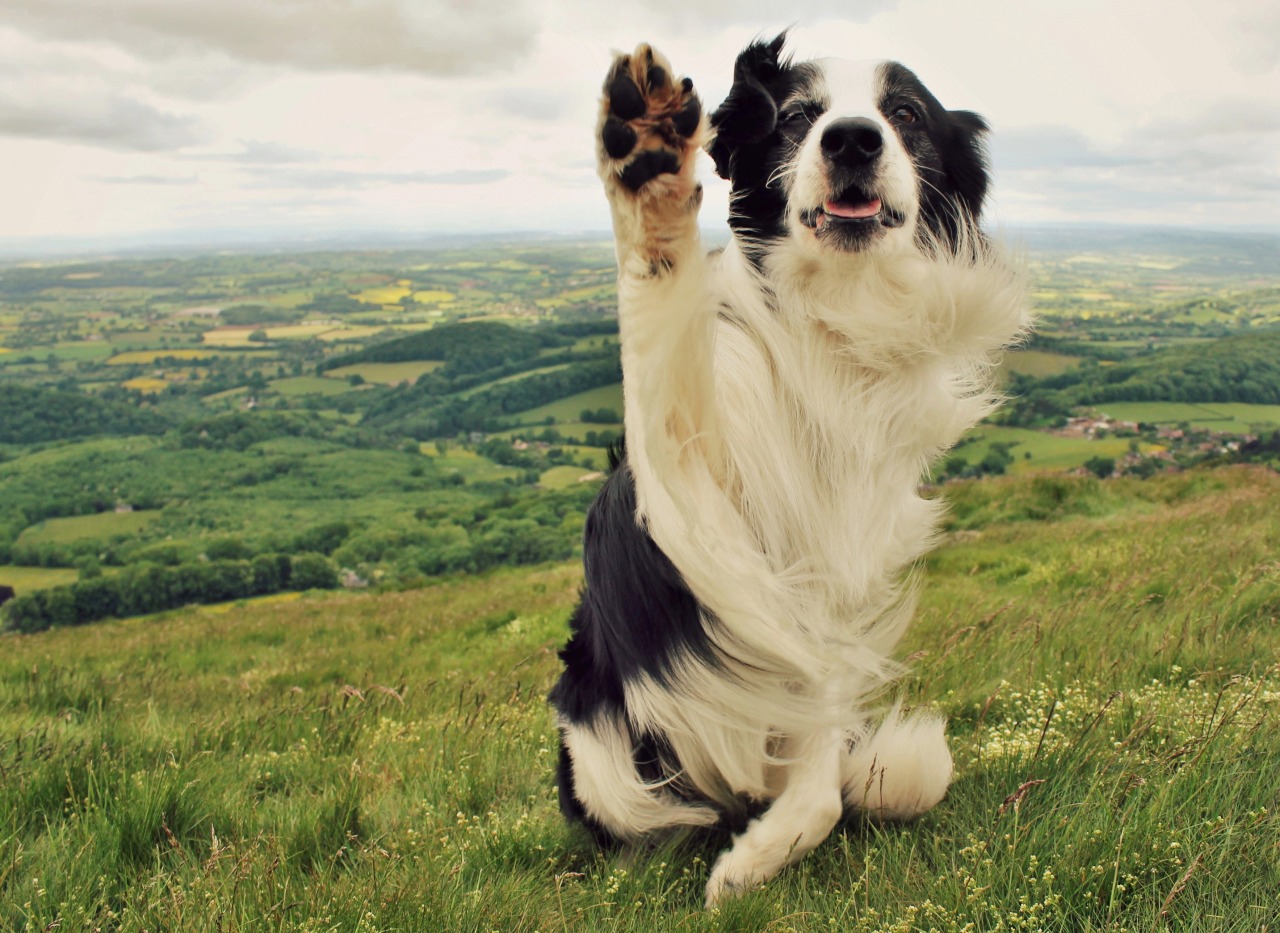
Quite simply, the Border Collie is a dynamo. His personality is characteristically alert, energetic, hardworking, and smart. He learns quickly — so quickly that it’s sometimes difficult to keep him challenged.
This breed likes to be busy. In fact, he must be busy or he becomes bored, which leads to annoying behavior, such as barking, digging, or chasing cars. He’s not a dog to lie quietly on the front porch while you sip a glass of lemonade; he thrives on activity. Remember, he was bred to run and work all day herding sheep.
The Border Collie is also renowned for being highly sensitive to his handler’s every cue, from a whistle to a hand signal to a raised eyebrow.
Of course, the Border Collie isn’t perfect. He can be strong-minded and independent, and his compulsion to herd can become misdirected. In the absence of sheep, or some kind of job, he is apt to gather and chase children, cars, or pets.
He can also become fearful or shy if he isn’t properly socialized as a puppy. Puppy classes and plenty of exposure to a variety of people, places, and things help the sensitive Border Collie gain confidence.
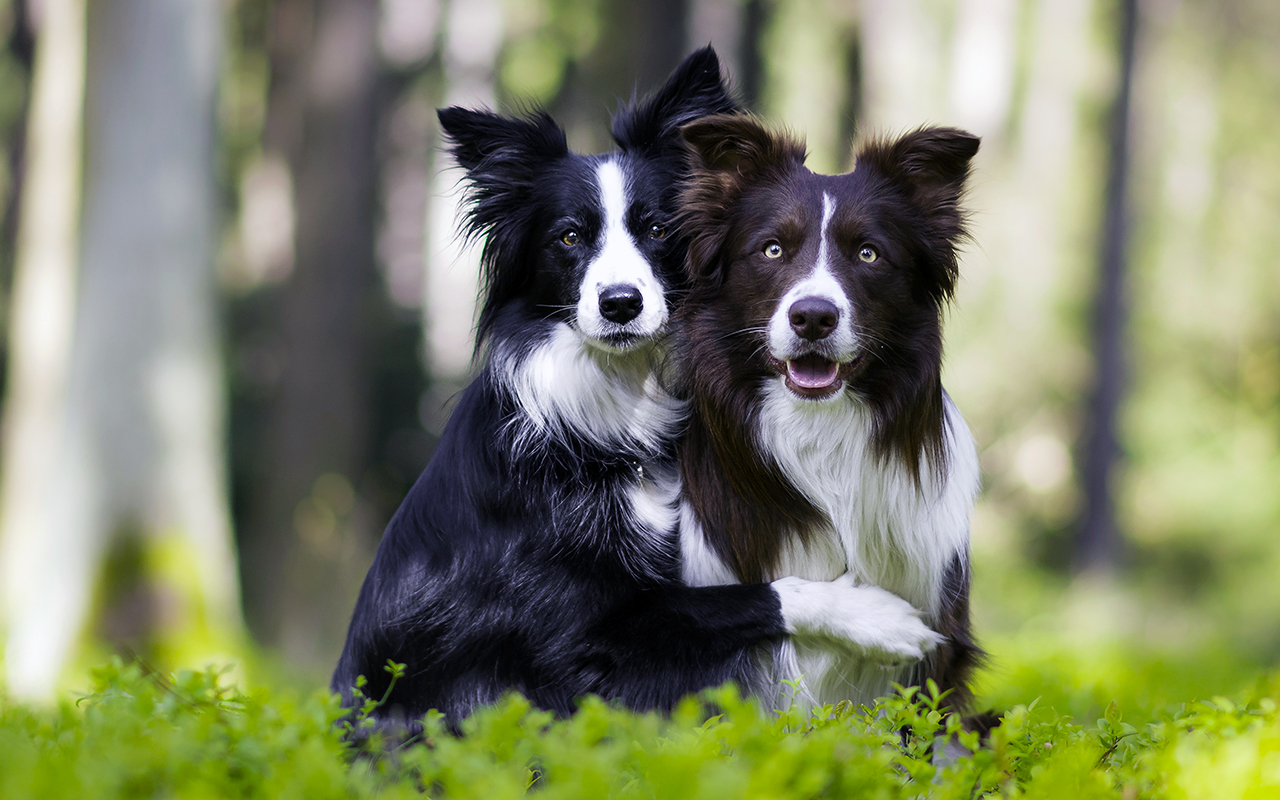
Border Collies are generally healthy, but like all breeds, they’re prone to certain health conditions. Not all Border Collies will get any or all of these diseases, but it’s important to be aware of them if you’re considering this breed.
If you’re buying a puppy, find a good breeder who will show you health clearances for both your puppy’s parents. Health clearances prove that a dog has been tested for and cleared of a particular condition.
In Border Collies, you should expect to see health clearances from the Orthopedic Foundation for Animals (OFA) for hip dysplasia (with a score of fair or better), elbow dysplasia, hypothyroidism, and von Willebrand’s disease; from Auburn University for thrombophilia; and from the Canine Eye Registry Foundation (CERF) certifying that eyes are normal. You can confirm health clearances by checking the OFA website (offa.org).
- Hip Dysplasia: This is an inherited condition in which the thighbone doesn’t fit snugly into the hip joint. Some dogs show pain and lameness on one or both rear legs, but others don’t display outward signs of discomfort. (X-ray screening is the most certain way to diagnose the problem.) Either way, arthritis can develop as the dog ages. Dogs with hip dysplasia should not be bred — so if you’re buying a puppy, ask the breeder for proof that the parents have been tested for hip dysplasia and are free of problems.
- Progressive Retinal Atrophy (PRA): This is a family of eye diseases that involves the gradual deterioration of the retina. Early in the disease, affected dogs become night-blind; they lose sight during the day as the disease progresses. Many affected dogs adapt well to their limited or lost vision, as long as their surroundings remain the same.
- Epilepsy: This is a neurological condition that’s often, but not always, inherited. Epilepsy can cause mild or severe seizures that may show themselves as unusual behavior (such as running frantically as if being chased, staggering, or hiding) or even by falling, limbs rigid, and losing consciousness. Seizures are frightening to watch, but the long-term prognosis for dogs with idiopathic epilepsy is generally very good. It’s important to take your dog to the vet for a proper diagnosis (especially since seizures can have other causes) and treatment.
- Collie Eye Anomaly: This is an inherited condition that causes changes and abnormalities in the eye, which can sometimes lead to blindness. These changes can include choroidal hypoplasia (abnormal development of the choroids), coloboma (a defect in the optic disc), staphyloma (a thinning of the sclera), and retinal detachment. Collie eye anomaly usually occurs by the time the dog is two years old. There is no treatment for the condition.
- Allergies: There are three main types of allergies in dogs: food allergies, which are treated by eliminating certain foods from the dog’s diet; contact allergies, which are caused by a reaction to a topical substance such as bedding, flea powders, dog shampoos, and other chemicals; and inhalant allergies, which are caused by airborne allergens such as pollen, dust, and mildew. Treatment varies according to the cause and may include dietary restrictions, medications, and environmental changes.
- Osteochondrosis Dissecans (OCD): This orthopedic condition, caused by improper growth of cartilage in the joints, usually occurs in the elbows, but it has been seen in the shoulders as well. It causes a painful stiffening of the joint, to the point that the dog is unable to bend his elbow. It can be detected in dogs as early as four to nine months of age. Overfeeding of “growth formula” puppy foods or high-protein foods may contribute to its development.
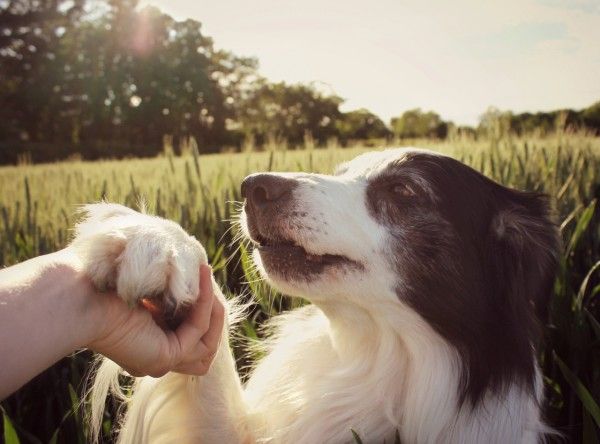
While the Border Collie is a highly adaptable dog, he’s best suited to an environment that gives him some elbow room: a city home with a securely fenced yard, or a country farm or ranch. Because he has a propensity to herd and chase, he must be protected from his not-so-bright instinct to chase cars.
Regardless of the environment, he requires a great deal of mental and physical stimulation every day, and he needs an owner who is willing and able to provide that. This can be a great burden to owners who don’t know what they’re getting into. If you’re considering a Border Collie, make sure you can provide him with a proper outlet for his natural energy and bright mind. If you don’t have a farm with sheep, dog sports are a good alternative.
Recommended daily amount: 1.5 to 2 cups of high-quality dry food a day, divided into two meals.
NOTE: How much your adult dog eats depends on its size, age, build, metabolism, and activity level. Dogs are individuals, just like people, and they don’t all need the same amount of food. It almost goes without saying that a highly active dog will need more than a couch potato dog. The quality of dog food you buy also makes a difference — the better the dog food, the further it will go toward nourishing your dog, and the less of it you’ll need to shake into your dog’s bowl.
For more on feeding your Border Collie, see our guidelines for buying the right food, feeding your puppy, and feeding your adult dog.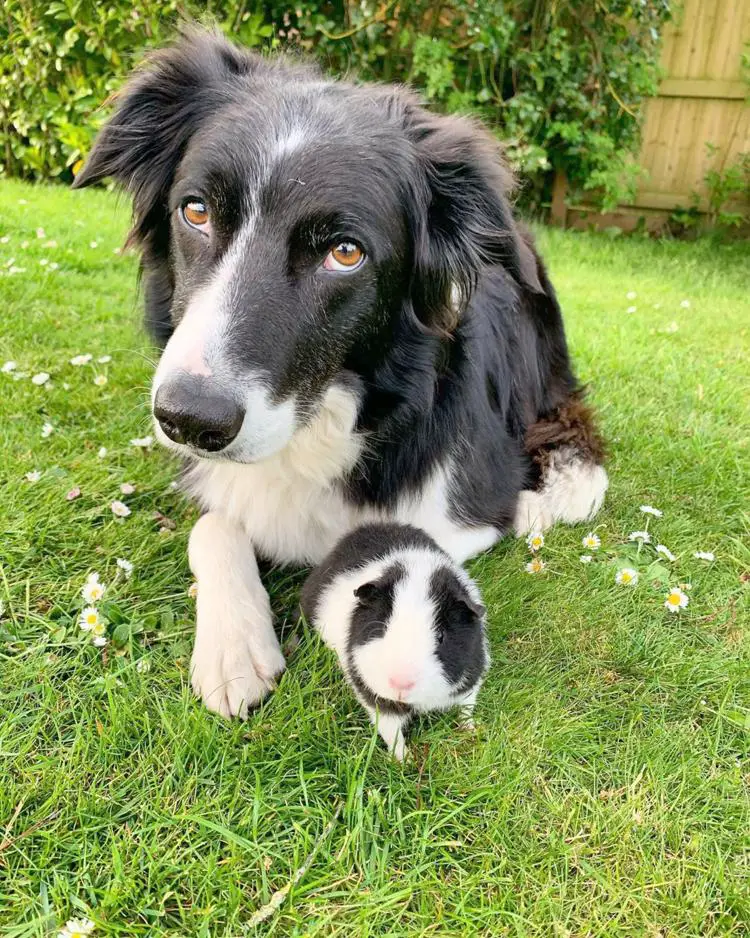
The Border Collie breed boasts two varieties of coat: rough and smooth. Both are double coats, with a coarser outer coat and soft undercoat. The rough variety is medium length with feathering on the legs, chest, and belly. The smooth variety is short all over, usually coarser in texture than the rough variety, and feathering is minimal.
His coat is most often black with a white blaze on the face, neck, feet, legs, and tail tip, with or without a tan. However, he may be any bicolor, tricolor, merle, or solid color except white.
The hardworking Border Collie isn’t prissy, and he doesn’t need excessive grooming to keep him looking good. His weather-resistant double coat needs weekly brushing to keep coat oils well distributed, and to prevent matting in the rough variety. More frequent brushing during the shedding season is a good idea to minimize hair shed around the house (he sheds seasonally). Bathe only as needed — about every four months or when he’s really dirty or smells terrible.
Brush your Border Collie’s teeth at least two or three times a week to remove tartar buildup and the bacteria that lurk inside them. Daily brushing is even better if you want to prevent gum disease and bad breath.
Trim his nails once a month if needed, and check his ears once a week for dirt, redness, or a bad odor that can indicate an infection. Then wipe them out weekly with a cotton ball dampened with gentle, pH-balanced ear cleaner to prevent problems.
As you groom, check for sores, rashes, or signs of infection such as redness, tenderness, or inflammation on the skin, in the nose, mouth, and eyes, and on the feet. Eyes should be clear, with no redness or discharge. Your careful weekly exam will help you spot potential health problems early.

The Border Collie is a good family dog, as long as he is raised properly and receives training when he’s young. He gets along with children and other pets, though his instinct to herd will cause him to nip, chase, and bark at kids (especially very young children) and animals if his herding instincts aren’t otherwise directed.
As with every breed, you should always teach children how to approach and touch dogs, and always supervise any interactions between dogs and young children to prevent any biting or ear or tail pulling on the part of either party. Teach your child never to approach any dog while he’s eating or sleeping or to try to take the dog’s food away. No dog, no matter how friendly, should ever be left unsupervised with a child.
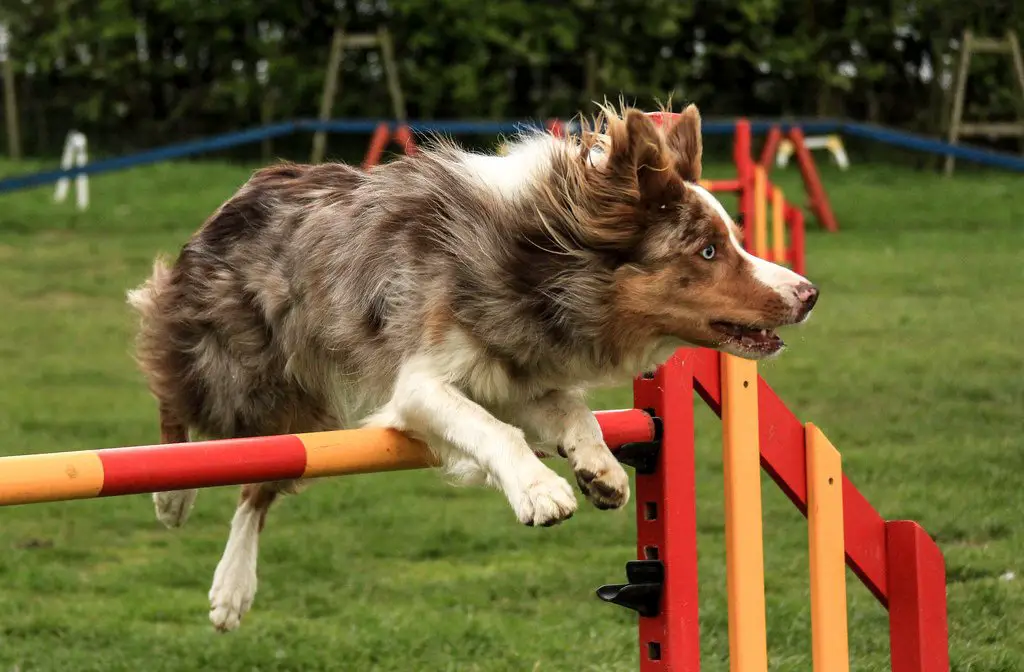
Border Collies are often purchased without any clear understanding of what goes into owning one. There are many Border Collies in need of adoption and or fostering. There are several rescues that we have not listed. If you don’t see a rescue listed for your area, contact the national breed club or a local breed club and they can point you toward a Border Collie rescue.
In order for the border collie to be in shape and feel happy, she should walk a lot with the owner at least every morning and evening, and even better – every time he has free time.

